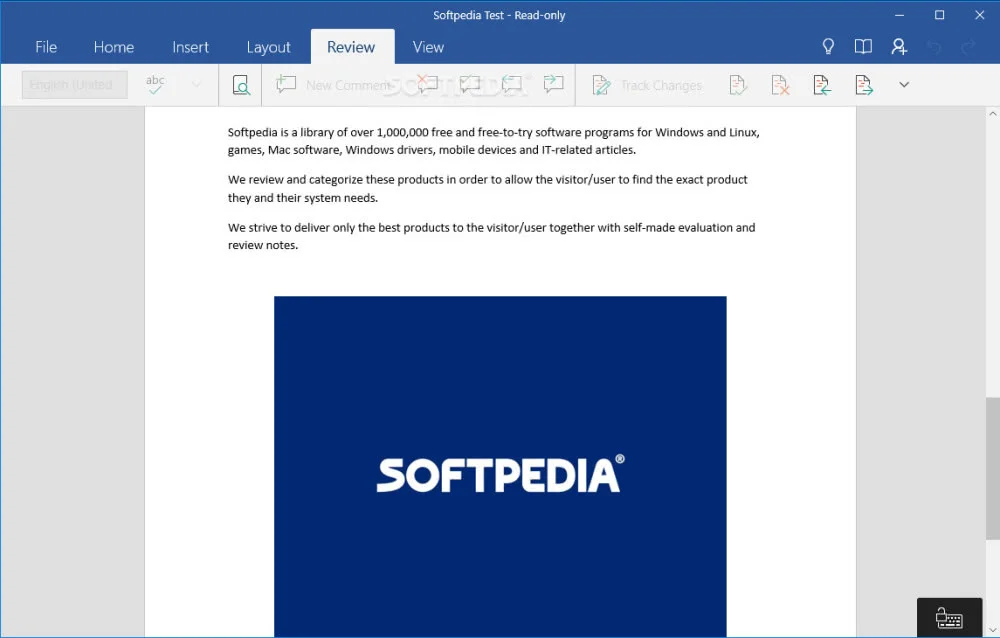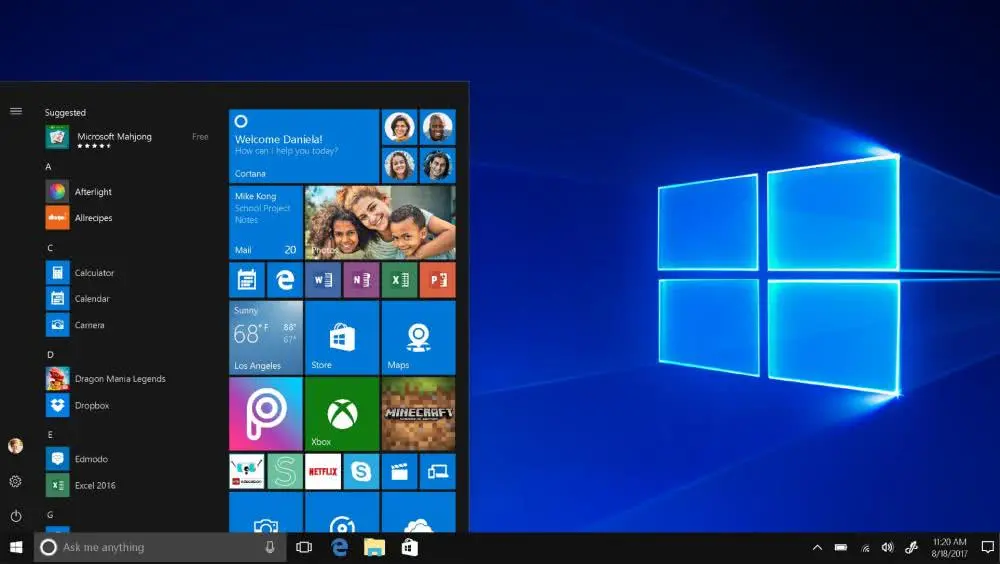The Microsoft Build 2019 developer conference is about to be held, and a series of new developments will also be disclosed to consumers and the industry. However, before this, someone found something different: the UWP version of Office three piece Word, Excel, and PPT cannot be installed, and once clicked, it will be forced to jump to the Office website or prompted to subscribe to Office 365.

Open Phoenix News to view more HD pictures
This change was very sudden. Microsoft did not make an announcement or make any explanation in advance, and only found it when users needed to download the UWP version of the Office three piece suite. The full name of UWP is the Universal Windows Platform, which is a cross device application development platform brought by Microsoft for Windows 10. UWP applications can run on desktop computers, tablets and mobile phones.
The WP mobile phone used to be the UWP version of Office. Although the screen size is small, it can also get a relatively complete experience of using Office. With the failure of Microsoft's mobile phone system business, the use of UWP version of Office on mobile phones is getting lower and lower. Although the UWP version of Office also has a place on tablets, and Microsoft provides free services for screens smaller than 10 inches, it is not as convenient as the desktop version because of online operation and other designs.

Microsoft's decision to stop providing the UWP version of Office in the App Store may be determined to integrate the Office experience. Now there are many versions of Office 365, Office 2019, UWP Office and so on, which not only experience confusion, but also the installation methods are intertwined, which makes some unfamiliar users feel puzzled. This integration may be a good thing for the use of Office.
What about Windows 10S, which can only install Store apps by default? Now only this version can install the UWP version of Office, and Microsoft has left a way out before: users can change to the normal version of the system after purchase.

This may also imply that the entire UWP ecosystem has been abandoned. Microsoft has been trying to create a cross device application ecosystem since Windows 8, but it has never brought substantive improvements. Before that, the Azure Kinect API did not support UWP, and the ARM version of Windows began to support desktop applications. This time, Microsoft will really return to the pure desktop environment starting from Windows 3.1.
From Office 365 to the core of the product, Windows 10 is rapidly updated but cannot provide stable and reliable services. Fluent Design, which has been predicted for a long time, has not become a reality. Microsoft's products in recent years are really confusing. What kind of medicine Microsoft sells in this gourd can be known only after Build 2019.
[Source: Lei Keji]






